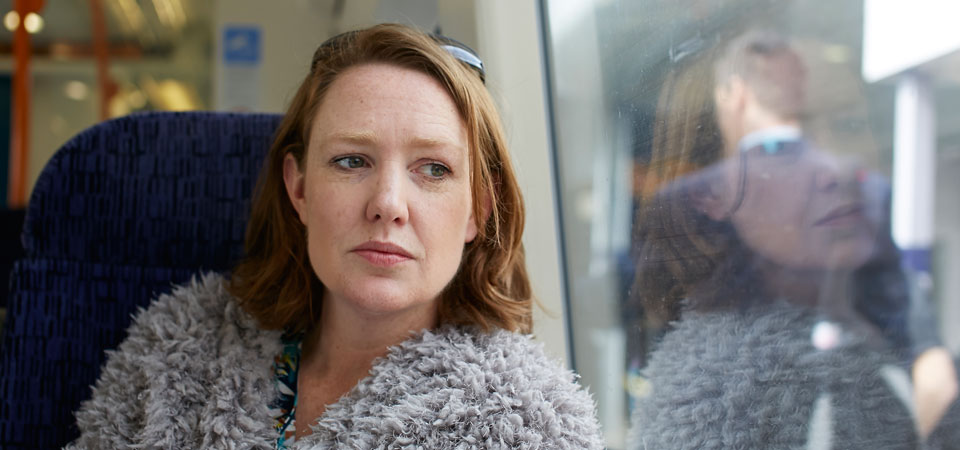- Home |
- Search Results |
- The Penguin Q&A: Paula Hawkins

What is your earliest reading memory?
I know I loved the Beatrix Potter books when I was little, but I’m not sure if I can actually remember looking through them. The first novels I read were probably by Enid Blyton – I was a big Famous Five fan.
When did you know you wanted to write?
I loved creative writing as a child, but I never imagined fiction writing as a career option for myself – I’m quite practical, I didn’t think author was a particularly realistic goal, so I opted for journalist instead.
What did you do before you were a writer?
I was a journalist for 15 years. I didn’t start considering myself a writer until I started publishing fiction, and making a living out of it.
Who is your favourite fictional character and why?
Lady Macbeth. I like a woman who knows what she wants.
Which fictional location would you most like to visit and why?
Narnia, I suppose. Like millions of others I was utterly beguiled by the description of this wintry place beyond the wardrobe. As I child growing up in Africa, I found the idea of this place of perpetual snowfall thrilling. Either that or Mongibello, the Italian seaside town where Tom Ripley tracks down Dickie Greenleaf [in The Talented Mr Ripley].
What would be your desert island…
Album: Blue Lines by Massive Attack.
Books: The complete works of Kate Atkinson and Pat Barker.
Films: Rear Window, The Lives Of Others.
Food and drink: A rare steak and a good glass of wine.
What are you like on social media?
I’m a bad Facebooker and an inconsistent Tweeter @paulahwrites
Not many people know this, but I’m very good at…
Nothing. I’m terrible at most things.
What do you always carry with you?
Wallet, phone, sunglasses.
At which moment in history would you want to have been present?
At the passage of the Representation of the People Act in 1928, which gave votes to women.